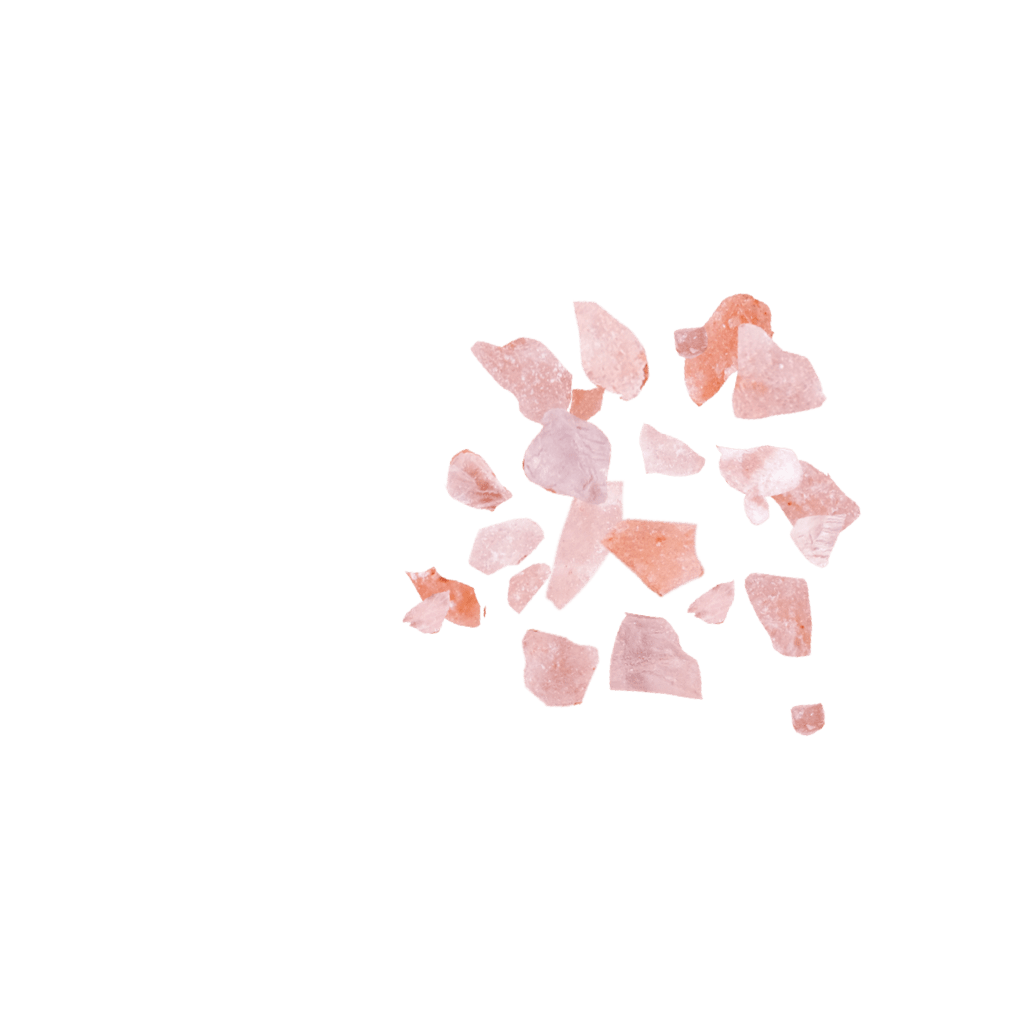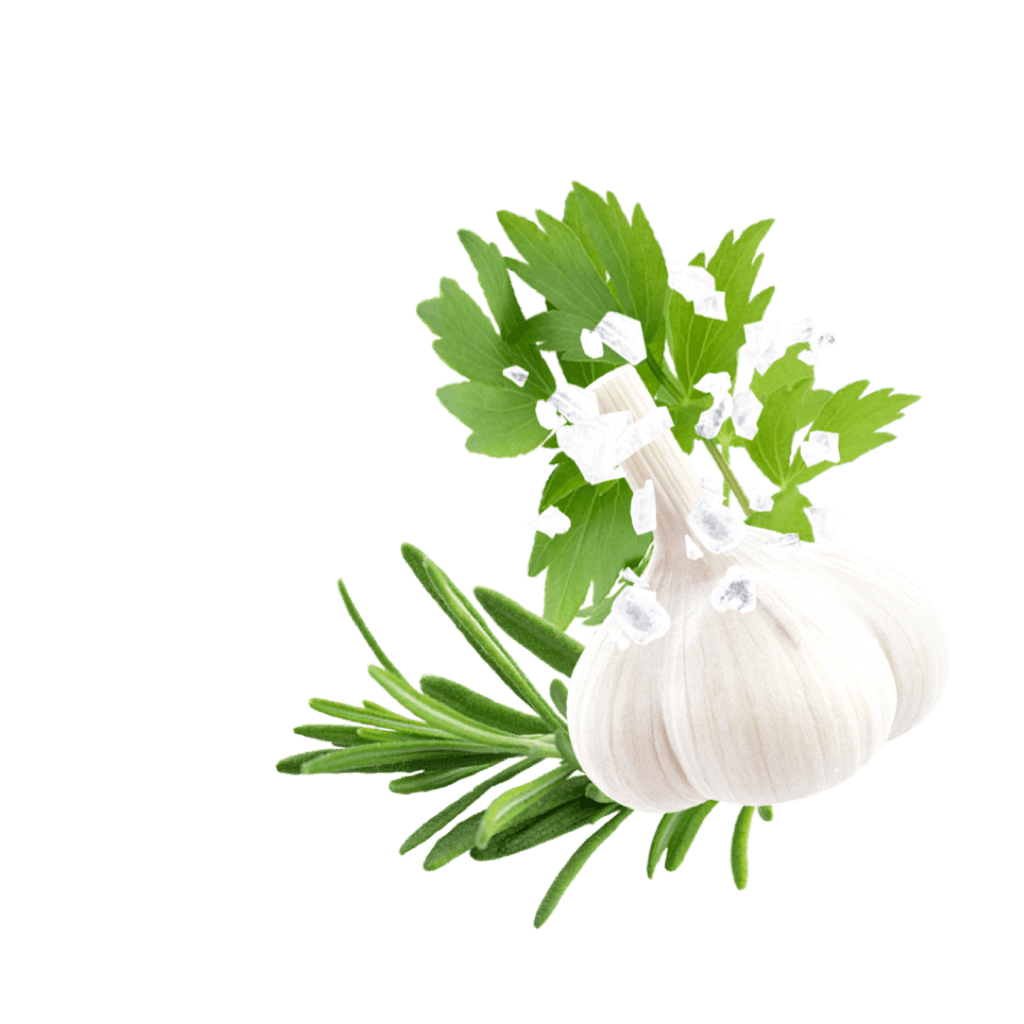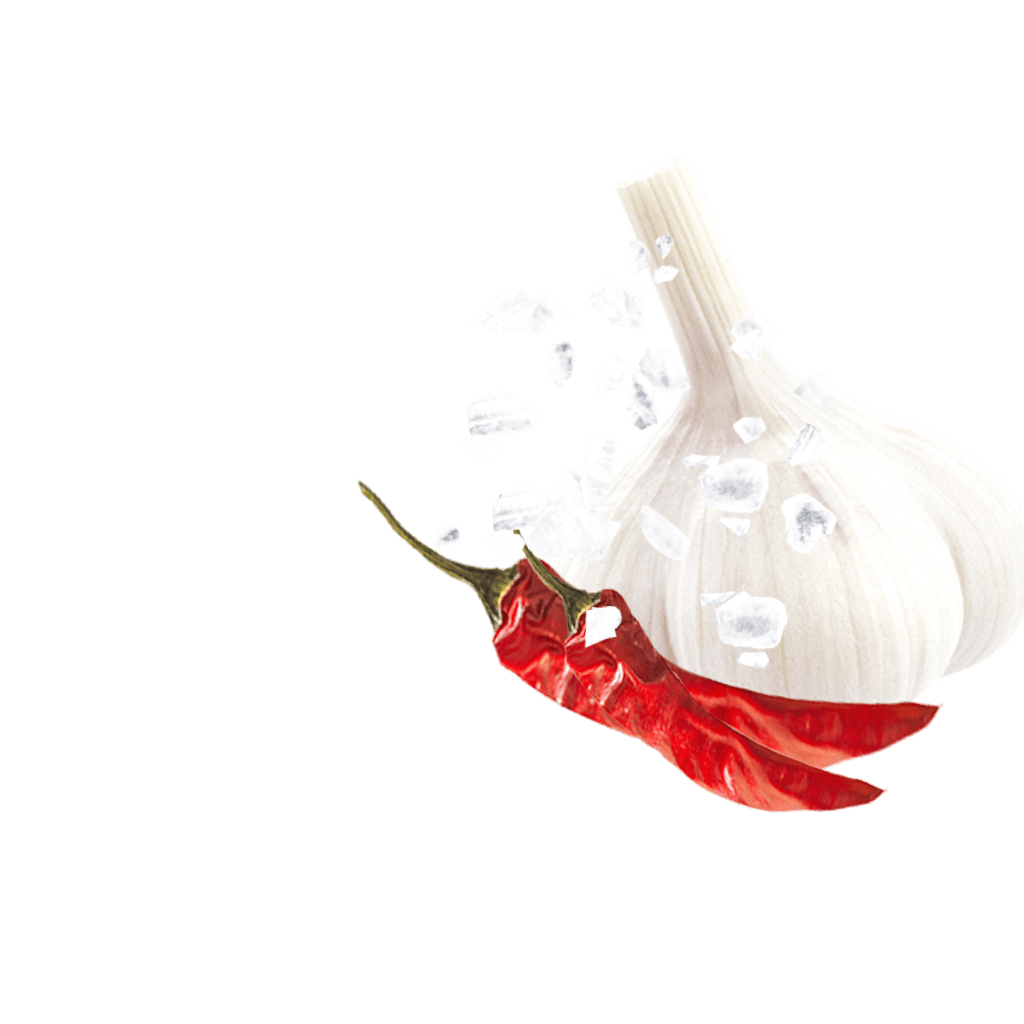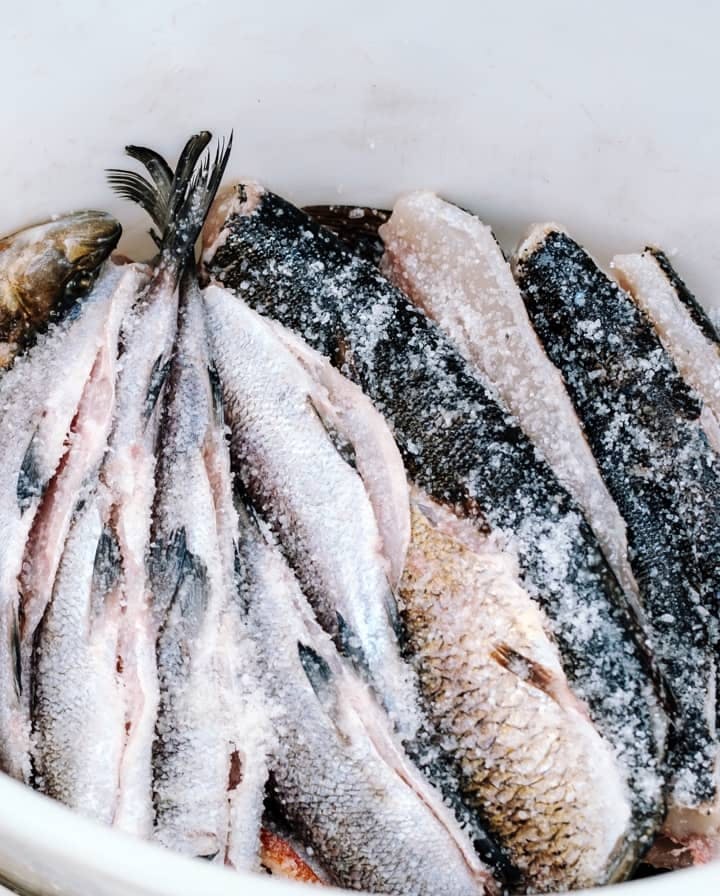Salt
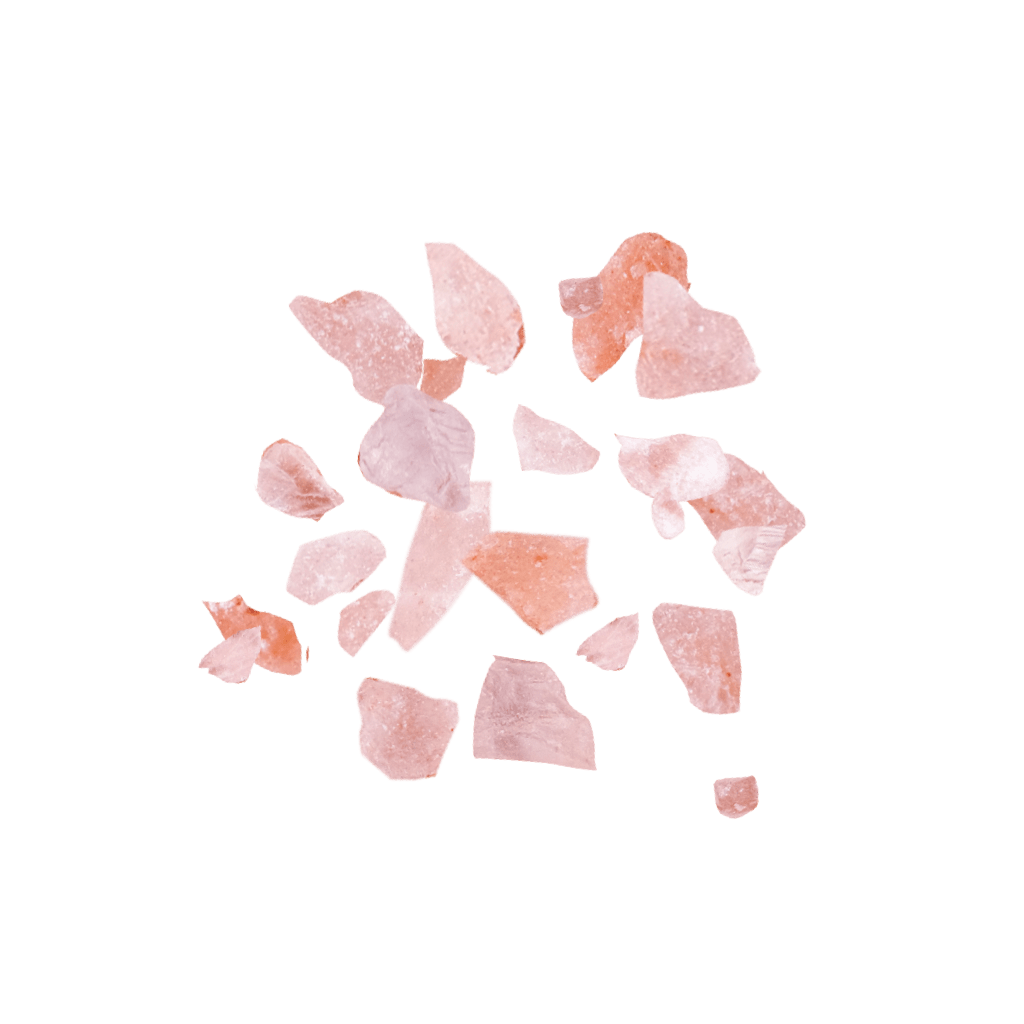

For a long time, this white gold was considered precious. The flavors of different types of salt vary depending on where they come from, and the grain size also influences how dishes are prepared.
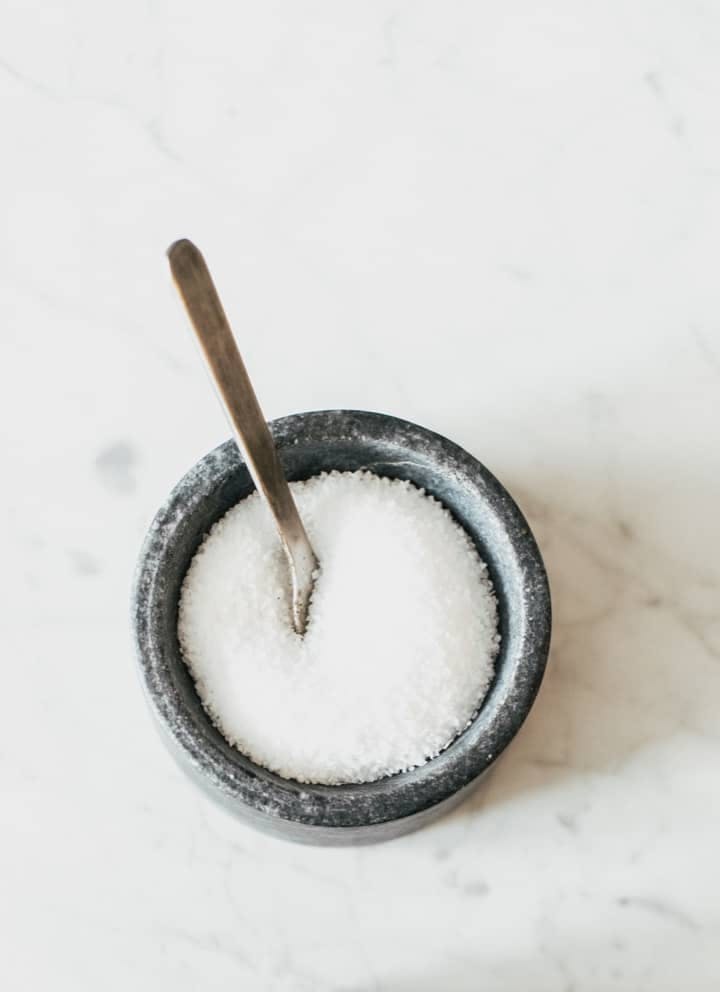
Salt as a Seasoning
The Celts began mining salt in the Alpine region as far back as 1000 BC. This white gold was considered precious, and until the 16th century was the preserve of the nobility. The ancient Romans sometimes paid their soldiers in salt: We get the word “salary” from “Salarium”, the Latin word for salt. Although salt always tastes salty, the various types differ in terms of their intensity, consistency and exact flavor. Table salt, sea salt, rock salt and crystal salt are either mined in salt works or obtained from seawater. Discover interesting facts about the different types of salt and how they are used below.
Products Containing Salt
Using Salt
It’s always important to consider which type of salt and which grain size are the best choice for your dish. Particularly high-quality salts should not be used during cooking — it’s best to sprinkle them on the dish before serving so that their delicious flavor is not lost. Generally speaking, salt should always be added as late as possible because the liquid in a dish reduces during the cooking process, so it can quickly become too salty by the time that it is served. Fleur de sel provides a rather special taste experience, as this sea salt has a special crunchy texture. As a high-quality finishing salt, it is ideal for seasoning meat and fish.
Tip!
Salt also adds great flavor to sweet dishes. A pinch of salt in hot chocolate or cocoa, for example, really enhances the flavor.
Related recipes
Currently Viewing: 1 of 0


Types of Salt
Evaporated Salt
This salt is extracted from underground salt chambers by flooding them with freshwater. The salt dissolves in the water, which is then pumped out and processed to make table salt.
Sea Salt
Seawater is conveyed via channels into natural and artificial basins (“salt evaporation ponds”). Over time, the water evaporates and the crystallized sea salt can be extracted. This salt is particularly well suited to seasoning dishes. Whether in coarse form or ground using a mortar and pestle, it is perfect for adding to roasts, steaks, soups and ragouts.
Rock Salt
Rock salt used to be mined underground using a hammer and chisel. Today, it is mainly mined using drilling and blasting techniques. The enormous pressure over millions of years produces a dense, crystalline structure. Like Himalayan salt, the delicious flavor of rock salt is often used to round off the flavors of dishes and sauces.
Discover more
Star anise



